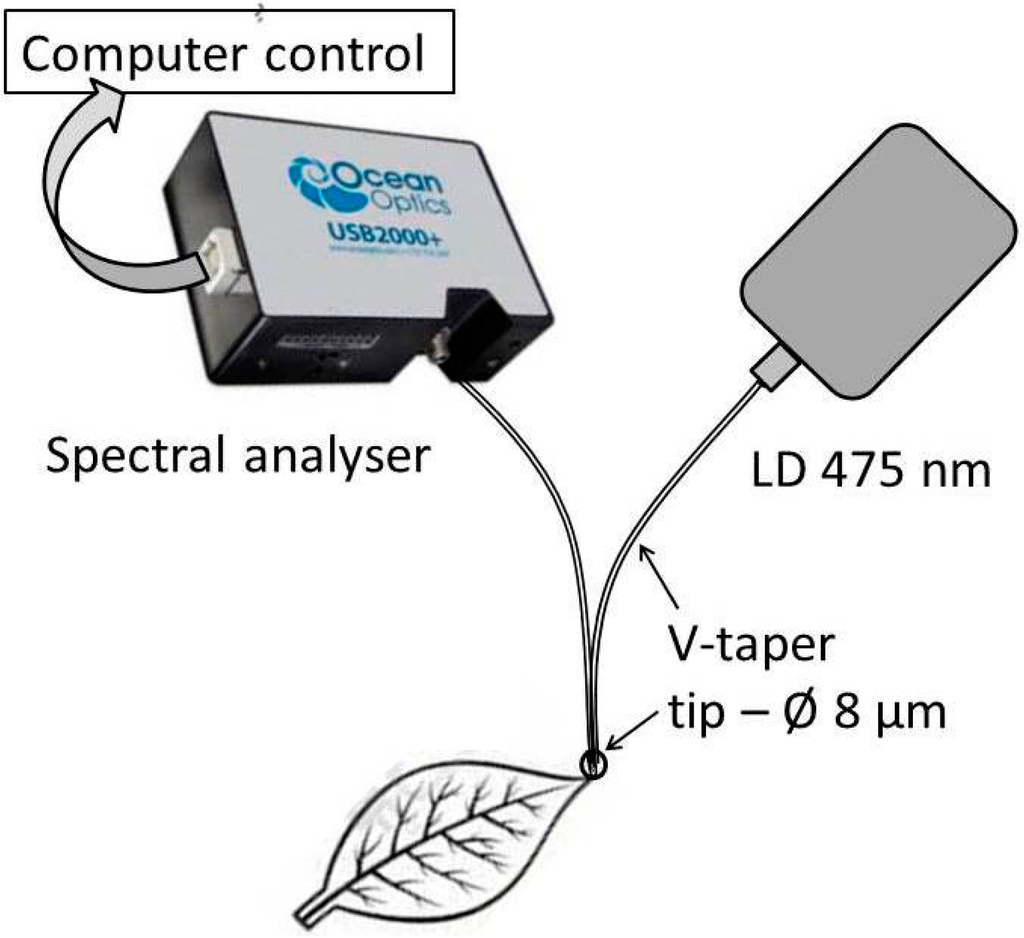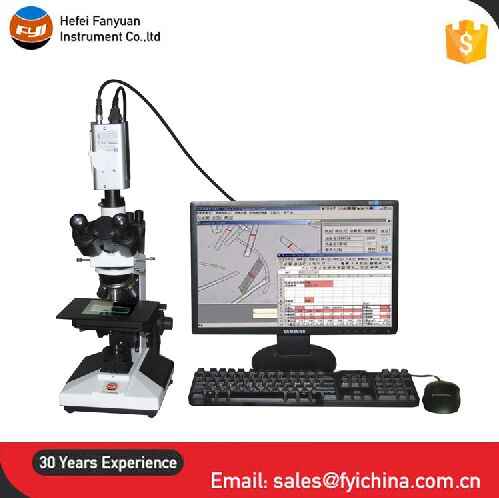Benefits of Using an Optical Fibre Diameter Analyser in Telecommunications
Benefits of Using an Optical Fibre Diameter Analyser in Telecommunications
Blog Article
Maximize Your Fiber Optic Efficiency: Comprehending Optical Fiber Diameter Analyser Modern Technology
The performance of fibre optic systems is seriously influenced by the accuracy of their size, an aspect commonly neglected in the search of optimal signal stability. Comprehending the modern technology behind optical fibre diameter analysers discloses the detailed equilibrium between measurement precision and production high quality. These tools not only improve conformity with industry criteria however additionally give real-time insights that can preemptively deal with possible problems. However, the effects of their usage expand past simple measurement; they can fundamentally modify the landscape of fibre optic effectiveness. What factors should one take into consideration to harness their complete capacity?
Relevance of Optical Fiber Size
The diameter of optical fibre plays an essential role in identifying the performance and efficiency of communication systems. It affects several key parameters, consisting of the mode of light proliferation, depletion, and bandwidth capability. Larger sizes normally permit several light modes, helping with higher information transmission prices. Conversely, smaller sizes tend to sustain fewer settings, which can boost signal clearness and minimize crosstalk.

Additionally, comprehending the size's effects can result in set you back financial savings by minimizing the need for signal amplification and repeaters in considerable networks (optical fibre diameter analyser). To conclude, the importance of optical fibre size can not be overstated, as it straight impacts the overall effectiveness and integrity of modern-day communication systems

Just How Diameter Affects Signal Quality
Signal quality in optical fibre systems pivots substantially on the diameter of the fibre. A smaller sized size can lead to higher attenuation rates, resulting in signal loss as light journeys through the fibre.
Alternatively, larger diameters usually permit boosted light capture and minimized modal dispersion, enhancing signal clarity. In multimode fibres, a bigger core diameter can sustain multiple light modes, however it might likewise introduce intermodal dispersion, which can weaken signal top quality. As a result, picking the optimal fibre diameter is essential for accomplishing the desired performance in certain applications.
Moreover, the communication in between the fiber diameter and the wavelength of the light used plays a vital duty in figuring out the efficient transmission distance and total signal stability. Understanding how fibre size affects signal quality is essential for network designers and designers striving to optimize optical fiber systems for trustworthy, high-speed information transmission.
Review of Size Analyser Innovation
In many optical fibre production processes, exact measurement of fibre diameter is necessary for making sure regular efficiency and top quality (optical fibre diameter analyser). Size analysers are advanced tools designed to analyze the physical dimensions of optical fibres with high precision. They use sophisticated optical and get redirected here laser technologies to measure the diameter, ovality, and concentricity of the fiber, therefore providing important information for quality assurance
These analysers can operate in-line throughout the manufacturing procedure or as component of off-line screening protocols. In-line systems make it possible for real-time surveillance, permitting suppliers to readjust parameters right away, thereby preserving ideal production problems. Off-line analysers, on the other hand, supply extensive examinations of sets, making sure that any type of variances from specified tolerances are determined and resolved.
Size analysers substantially add to the decrease of problems in optical fibres, boosting general item reliability. By regularly determining vital parameters, these modern technologies help with compliance with industry requirements and specs. As the need for high-performance optical fibres remains to climb, the role of size analysers becomes significantly vital in attaining the desired top quality and performance requirements in fibre optic systems.
Trick Attributes of Fiber Size Analysers
Although various designs of fiber size analysers exist, they generally share a number of vital features that boost their performance and reliability. One of the most significant attributes is high-resolution dimension abilities, which make certain specific diameter readings, vital for preserving high quality control in fiber production. In addition, several analysers integrate sophisticated optical sensing units made to identify minute variants in fibre diameter, hence providing vital information for process optimization.
Another vital function is real-time surveillance, permitting drivers to get immediate comments on fiber diameter throughout the production procedure (optical fibre diameter analyser). This capability assists important site in fast adjustments and minimizes the chance of defects. Several analysers also come geared up with straightforward user interfaces, enabling operators to conveniently navigate via information and settings outputs
Moreover, durable data storage space and evaluation performances are crucial for tracking historic efficiency fads and making certain conformity with industry standards. Some designs also offer connectivity choices for integration right into existing production control systems, boosting general functional efficiency. Finally, compact and mobile designs permit versatile release within manufacturing settings, guaranteeing that quality control procedures are seamless and reliable. These attributes jointly add to the efficiency of fibre size analysers in maximizing fibre optic efficiency.
Best Practices for Fibre Optimization

First, normal calibration of optical fiber size analysers is necessary. This ensures precise measurements and decreases prospective inconsistencies that could impact performance. Next, keeping a clean workplace is important; dirt and impurities can result in signify deterioration.
Furthermore, it is important to pick fibers that fulfill details application needs. This includes reviewing elements such as depletion, data transfer, and environmental conditions. Proper installation methods must likewise be abided by, including preventing sharp bends and too much stress, which can jeopardize fibre integrity.
In addition, using sophisticated monitoring systems can assist in real-time performance evaluations, enabling prompt identification of problems. Normal testing and upkeep need to be carried out to make certain that fibres stay within optimal operational criteria.
Finally, training personnel on the current fibre optimization technologies and approaches will improve their ability to carry out reliable techniques. By complying with these ideal methods, companies can considerably enhance the performance and life-span of their optical fiber systems, guaranteeing reliable communication and data transfer.
Final Thought
In conclusion, the combination of optical fibre diameter analyser innovation is important for maximizing fibre optic efficiency. By guaranteeing accurate dimensions of fibre dimensions, these analysers significantly boost signal high quality and minimize losses throughout data transmission.
Signal high quality in optical fiber systems hinges substantially on the size of the fiber.In many optical fiber manufacturing procedures, exact measurement of fiber diameter is essential for making sure consistent performance and quality. As the need for high-performance optical fibers proceeds to rise, the duty of diameter analysers comes to be significantly vital in attaining the preferred quality and performance criteria in fibre optic systems.
These attributes jointly add to the effectiveness of fiber diameter analysers in maximizing fibre optic efficiency.
In final thought, the assimilation of optical fiber diameter analyser technology is essential for making best use of fiber optic efficiency.
Report this page